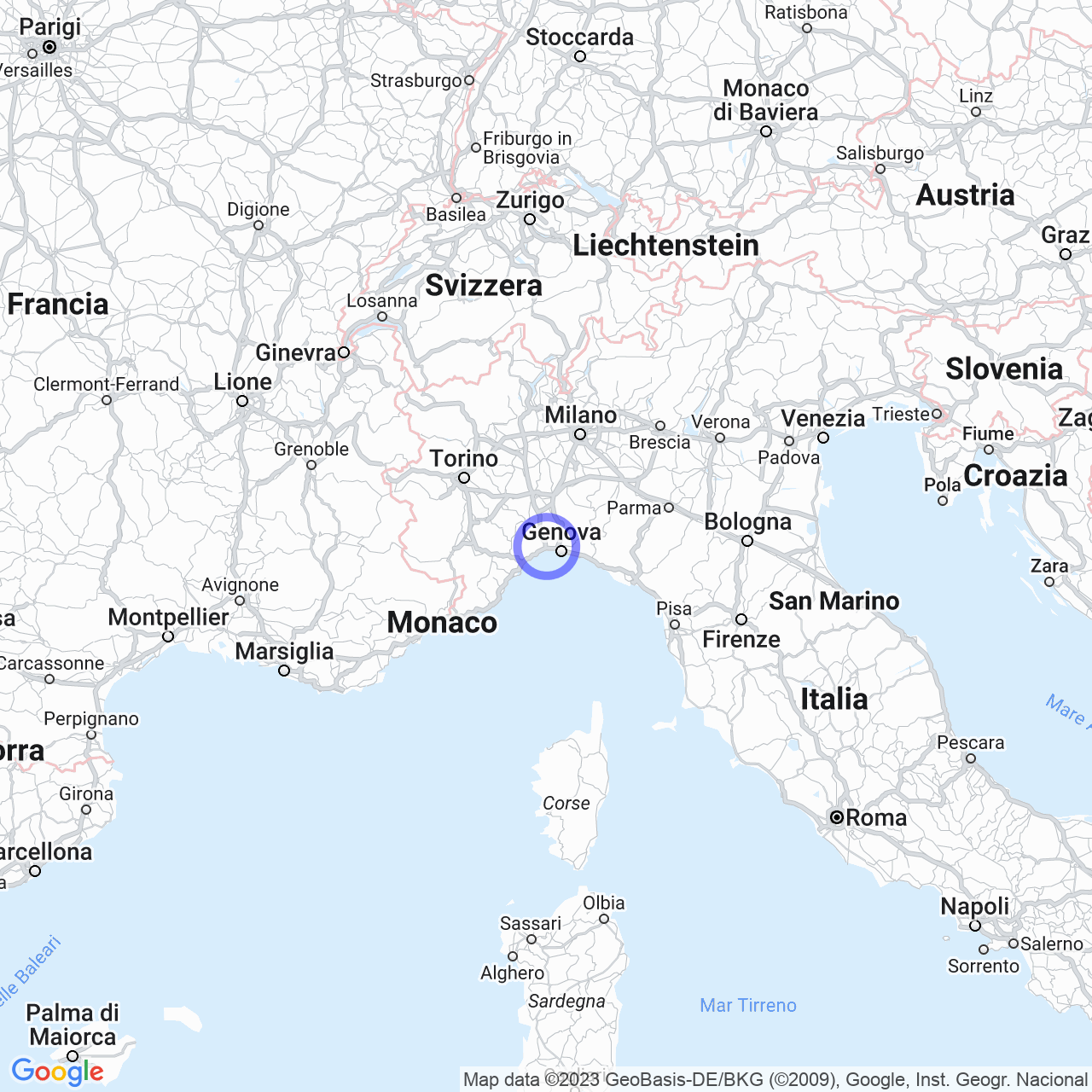Mele
Mele: A Place of Great Natural Beauty
Hello friends! Today I want to talk to you about Mele, a town in Liguria located at the foot of the Ligurian Apennines, in the Leira Valley. With its 2561 inhabitants, Mele is a small but charming village that extends over an area of great natural beauty. The municipal territory is crossed by three watercourses, the Gorsexio, the Ceresolo, and the Acquasanta, which form the Leira stream that flows into the Ligurian Sea at Voltri. The altitude of the municipality ranges from 35 to 933 meters above sea level and among its peaks are Bric Prato d'Erma, Monte Ottine, Monte Turchino, Bric Picciu, Poggio, and Bric Caramello. In this article, I will tell you about the cultural and historical aspects of Mele, as well as the monuments and places of interest to visit.
The History of Mele
The history of Mele dates back to the Roman Empire, as evidenced by the discovery of a stone marker from the 1990s. Later, some Celtic populations settled in the municipal territory. The first official documentation dates back to the end of the 12th century when the village became part of the podesteria and subsequently the captaincy of Voltri, within the Republic of Genoa. With the French domination of Napoleon Bonaparte, Mele was part of the Cerusa department, with Voltri as its capital, under the jurisdiction of Cerusa. In 1815, after the Congress of Vienna, Mele was incorporated into the Kingdom of Sardinia, and later into the Kingdom of Italy. From 1973 to December 31, 2008, it was part of the Argentea Mountain Community and, with the new provisions of Regional Law No. 24 of July 4, 2008, it was part until 2011 of the Union of the Municipalities of Stura, Orba, and Leira Valleys.

The Symbols of Mele
The coat of arms and the banner of Mele were granted by the president of the Republic by decree on January 20, 1961. The coat of arms depicts a beehive with bees, with the inscription "Ex Mellis Nomine" in Latin, which can be translated as "From honey comes my name". The banner consists of a blue cloth with the central figure of the aforementioned civic coat of arms and is decorated with silver embroidery.
The Monuments and Places of Interest in Mele
Mele is a municipality rich in monuments and places of interest. The Church of Sant'Antonio Abate, located in the capital village near the Municipality square, is one of these. The first historical document attesting to the church of Mele dates back to July 22, 1210, but the current church was inaugurated on November 1, 1808. The construction of the building began in 1790, following the erection of the ancient Church of San Giovanni Battista, located in the Rio Alto locality, which had become too small to satisfy the needs of the population. The Church of Sant'Antonio Abate has a classic Ligurian architecture, with three naves and a painted wooden coffered ceiling. Inside the church, there are valuable artworks, including a canvas by Gregorio De Ferrari depicting the Madonna with Child and Saint John the Baptist.
But not only the Church of Sant'Antonio Abate! Mele also boasts the presence of numerous churches, such as the Church of San Giovanni Battista in Rio Alto and the Church of Our Lady of the Snow in Prato d'Erma. Furthermore, the municipal territory offers many enchanting places where you can walk undisturbed to discover a still unspoiled nature, such as the Beigua Park, the Regional Natural Reserve of Capanne di Marcarolo, the Regional Natural Reserve Lake of Osiglia, and the Regional Natural Reserve of Val Gargassa.
In conclusion, Mele is an ideal place for nature and culture lovers, where you can immerse yourself in art and lush landscapes. I recommend that you visit at least once in your lifetime!
